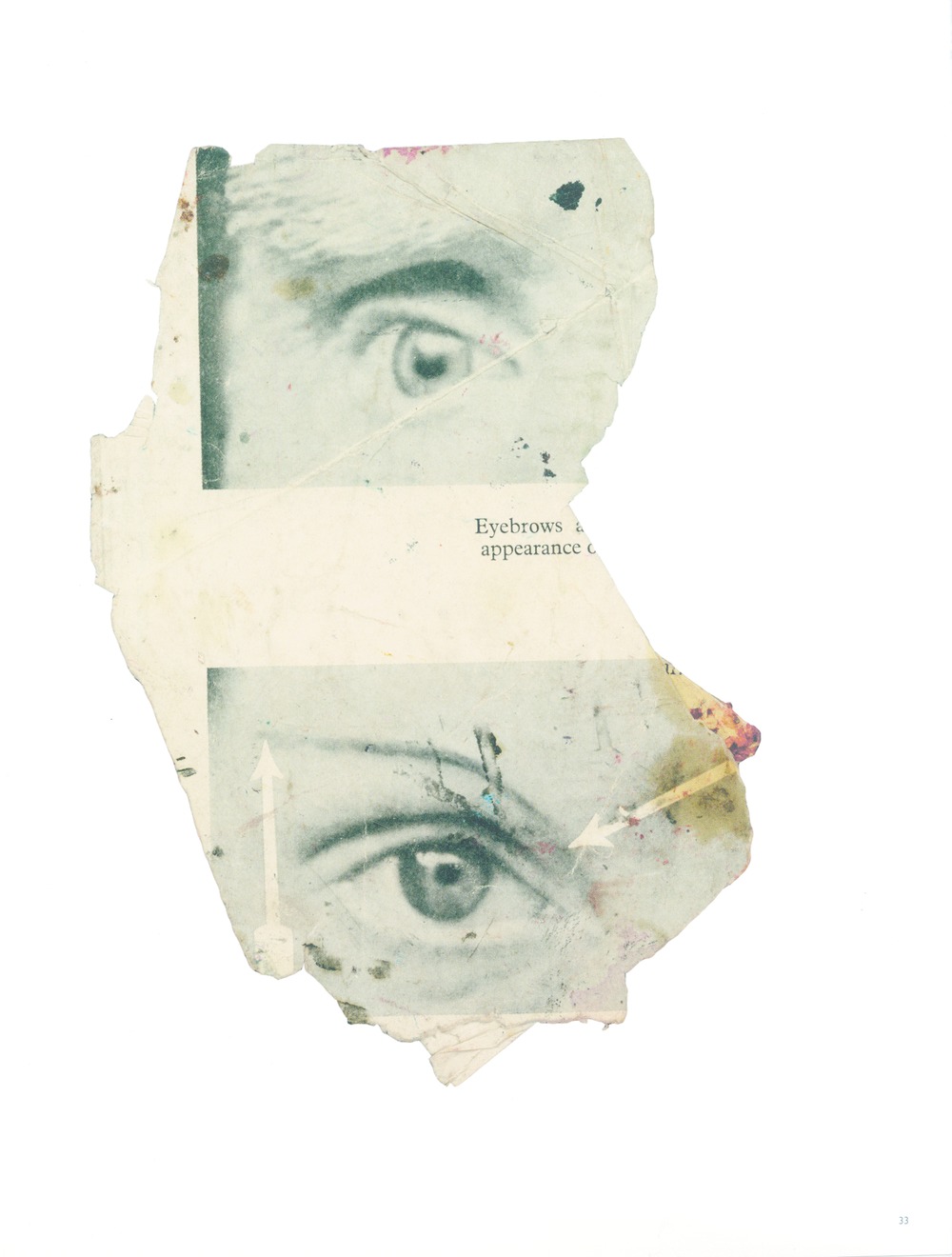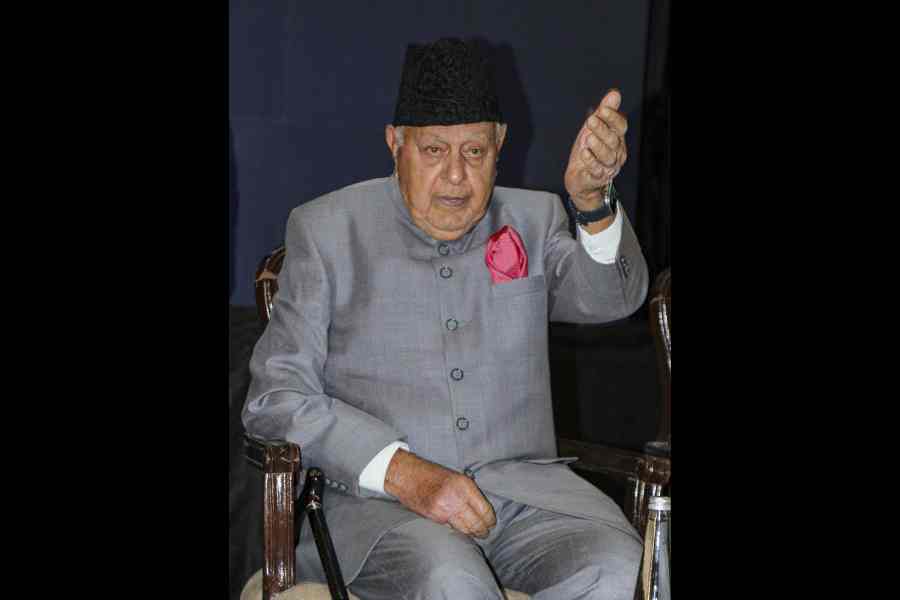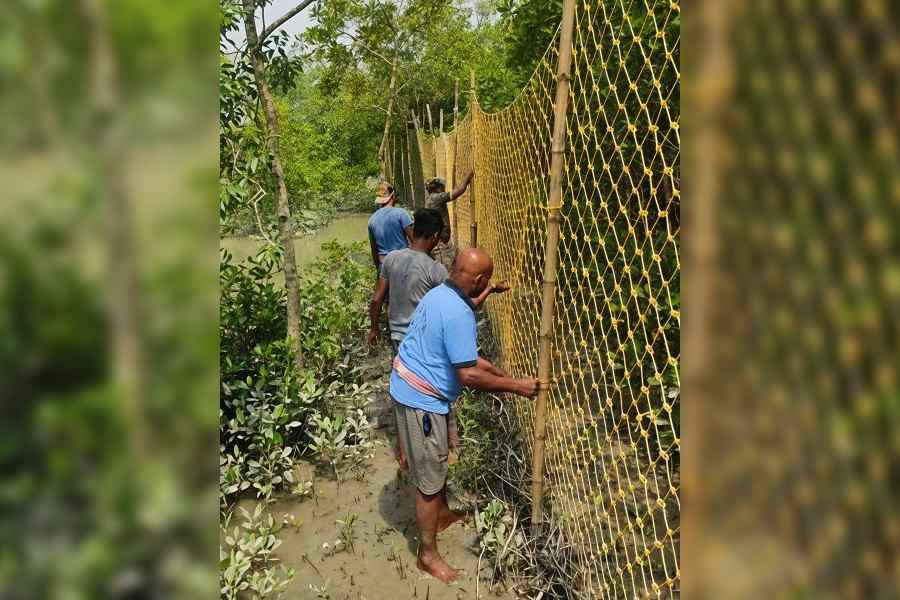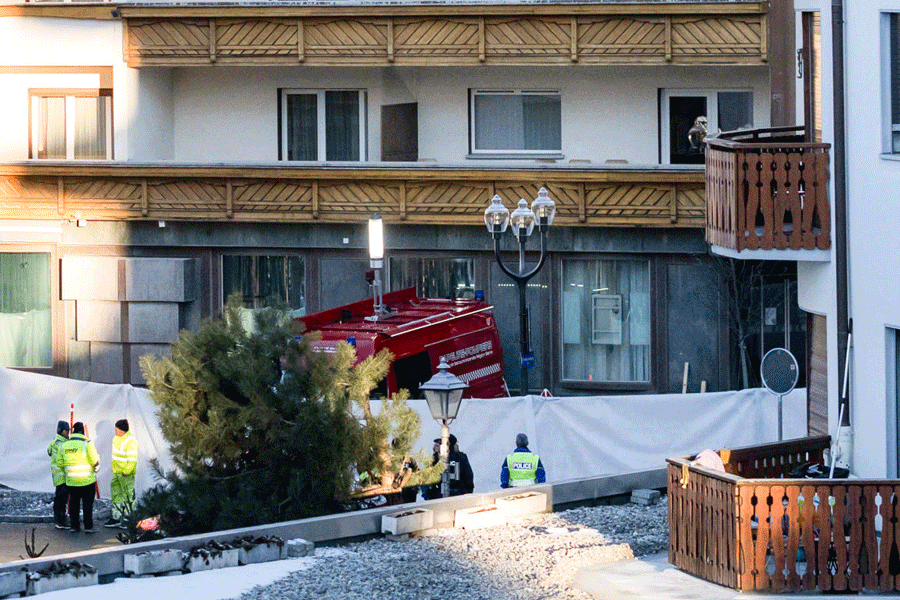FRANCIS BACON: INCUNABULA ( Thames & Hudson, $75) by Martin Harrison and Rebecca Daniels provides a fascinating and invaluable insight into the creative - and destructive - processes of a great modern painter. The word for swaddling-clothes or cradles in Latin, incunabula, in modern English, denotes the early stages of development of a thing. This handsomely made book presents annotated and reproduced selections from the stupefying chaos of materials found in Bacon's studio after his death in 1992 at the age of 83. Bacon had moved into this studio, in London's Reece Mews, in 1961, and very few people were allowed in during his lifetime. Over the decades, its 6x4 metre floor, together with every other surface, nook and corner, accumulated a many-layered, self-transforming carpet of photographs, books, magazines, drawings and printed images, which were cut out, crumpled, folded or splattered with paint, sometimes with wads of money in various currencies wedged in, and interspersed with diversely stained rags and cartons of fine wine, among other things. This universe of detritus became what Bacon often called the "compost" out of which grew the roses of his art, its Monstera deliciosa. Eliot's "heap of broken images" comes to mind, or "the foul rag and bone shop of the heart", the place "where all the ladders start" in Yeats. Both, especially Yeats, were among Bacon's favourite poets.
As Barbara Dawson, director of the Dublin City Gallery The Hugh Lane, explains, "Following on the donation of the studio to Dublin, we first regarded it as an archaeological dig. The archaeologists made survey and elevation drawings of the place before taking out the material item by item. The material was subsequently documented and archived in Dublin City Gallery The Hugh Lane." The photographic material found in Bacon's studio is absent from this book - silver-gelatin prints that were the sources of most of his portraits (he seldom painted from life). Their collected reproduction, together with a catalogue raisonné of Bacon's paintings, were part of the archiving project of which this book is a part.

Above is a bit of a page from Jacques Penry's How to Judge Character from the Face, first published in 1939. Penry had gone on to invent the forensic method of the 'Photofit', first trialled by Scotland Yard in a 1970 murder case. Mysterious arrows keep appearing in Bacon's paintings, to which this fragment provides a clue. Below is a crumpled page from Claude Roger Marx's book, Rembrandt (1960), reproducing the Dutch master's Aixen-Provence self-portrait. Bacon was fascinated by its "anti-illustrational" aspect, created as much by the hand of chance in its folds and tears as by the hand of the artist.











